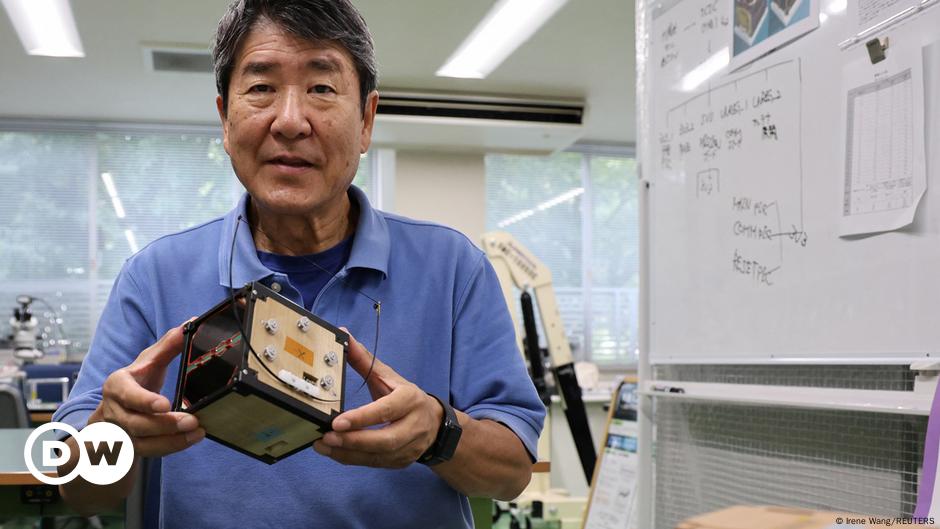Summary
Japan launched the world’s first wooden satellite, LignoSat, to test if wood can function as a space-grade material. Developed by Kyoto University, the satellite is made of honoki wood, chosen after a 10-month ISS experiment proved its suitability for space.
Designed without screws or glue, LignoSat will orbit Earth for six months, enduring extreme temperature swings and measuring wood’s resistance to space radiation. Advocates highlight wood’s eco-friendly re-entry properties compared to metal.
Researchers envision wooden structures for future space habitats, potentially boosting the timber industry.



I’m curious how much the wood will expand and contract each hour going through the extreme heat and cold constantly.
I’m guessing they freeze-dried it already, so not that much.
If they didn’t, it will freeze-dry itself. I have no clue what that would do to the dimensions, since it’s not going to be a controlled process like it would be on Earth,
This is why I’m curious:
I’ve never heard of anyone freeze-drying an instrument. Space doesn’t freeze things, that requires somewhere for the heat to go. That’s an interesting idea though.
Maybe it won’t expand and contract for the same reasons. After all, there isn’t any moisture in space.
Cooling by radiation is slower than convection or conduction, but it still happens. The James Webb went from room temperature to deep cryogenic in a few months, and it’s big. As for moisture, things cook off into a vacuum very easily. That’s the foundational to the whole concept of freeze drying, actually.
Freeze dried wood is absolutely commercially available, if pricey. I have no idea if anyone has used it for musical purposes either. There’s a lot of audiophile-ish magical thinking in that space so it’s possible nobody has bothered.
Edit: Although, since this is a research project, maybe not freeze drying it first was the point.
Pretty cool info. Thank you